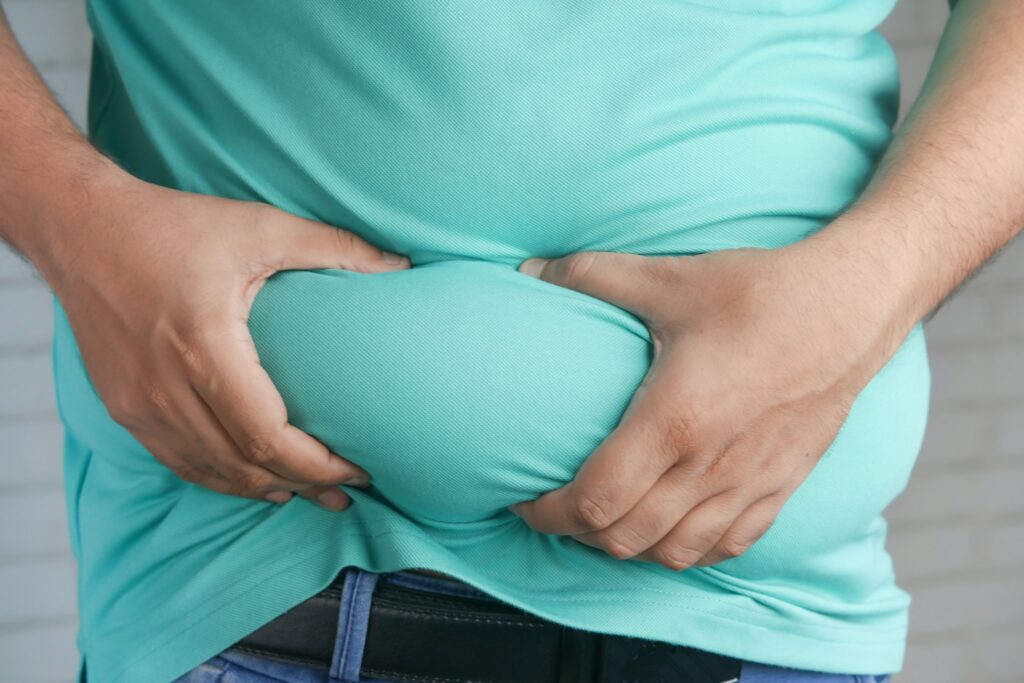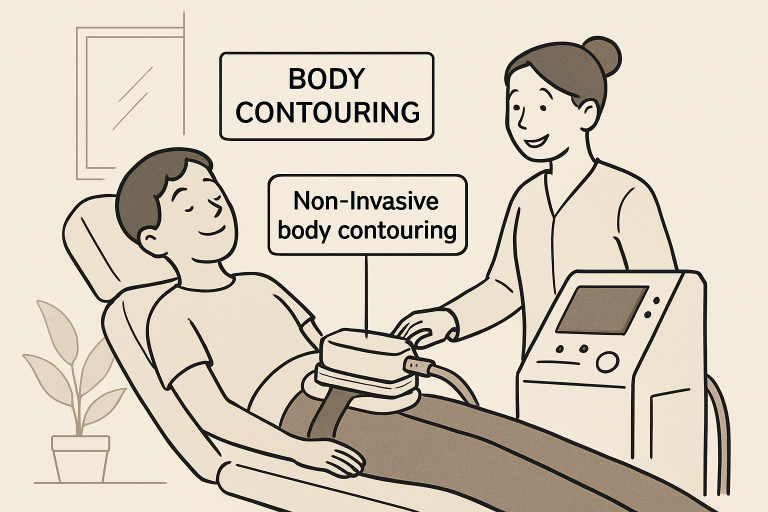
Key Takeaways
- Non-invasive fat reduction is gaining popularity due to its safety, convenience, and minimal downtime.
- Modern innovations such as cryolipolysis, laser lipolysis, and radiofrequency are transforming aesthetic options.
- Men and women from diverse age groups are increasingly adopting these cosmetic treatments.
- The sector is expected to experience rapid growth, with forecasted market values projected to surge by 2032.
The landscape of cosmetic body contouring is rapidly evolving, with non-invasive fat reduction treatments taking center stage for those seeking practical, low-risk solutions. As body image and self-confidence continue to influence lifestyle choices, methods that deliver visible results without surgery have garnered immense appeal. This trend is particularly prominent in metropolitan areas, where demands for quality, comfort, and convenience are particularly high. For instance, individuals searching for noninvasive body contouring treatment Virginia Beach are experiencing firsthand how advanced in-office procedures can target problem areas without the traditional recovery associated with liposuction or surgery.
Non-invasive cosmetic procedures are gaining popularity for their low risk, convenience, and ability to fit into busy lifestyles. As more men adopt treatments targeting areas such as the abdomen and flanks, body sculpting is gaining widespread acceptance across demographics, reshaping modern beauty standards. Driven by consumer demand for safe and effective results, these innovations highlight a shift toward technology, subtlety, and wellness integration, positioning non-invasive fat reduction as a key part of holistic self-care and the future of aesthetic medicine.
The Rise of Non-Invasive Fat Reduction
Non-invasive fat reduction encompasses a range of medical-grade techniques designed to reduce localized fat deposits without the risks associated with anesthesia, incisions, or post-operative downtime. Methods, including cryolipolysis (fat freezing), laser lipolysis, and high-frequency radiofrequency, have gained mainstream attention, particularly among patients motivated by the promise of minimal discomfort and a rapid return to normal activities. According to the American Academy of Dermatology, these targeted treatments work by selectively destroying fat cells, which the body gradually metabolizes, yielding smoother contours and subtle, natural-looking results.

Technological Advancements in Fat Reduction
Numerous groundbreaking techniques are now redefining what’s possible in body sculpting without surgery:
- Cryolipolysis, also known as fat freezing, is a process that involves the use of precisely controlled cooling to crystallize and naturally destroy fat cells while leaving surrounding tissues unharmed.
- Laser Lipolysis: Harnesses specific laser wavelengths to break down fat deposits while stimulating collagen production, which can result in firmer skin and improved texture.
- Radiofrequency (RF) Treatments: Delivers heat deep beneath the skin to destroy fat cells and tighten tissues, making it ideal for those seeking simultaneous fat reduction and skin tightening.
These techniques leverage highly specialized devices and have undergone rigorous clinical studies, enhancing their safety profiles and efficacy. As technology continues to advance, newer modalities are expected to offer faster results, enhanced comfort, and ever-more precise body contouring.
Market Growth and Consumer Demand
The global appetite for non-invasive fat reduction procedures is surging. Industry reports predict the market will leap from $1.56 billion in 2023 to $6.21 billion by 2032, with a compound annual growth rate (CAGR) of 16.67%. This unprecedented expansion is fueled by increasing rates of obesity, shifting societal ideals regarding body image, and strong consumer demand for solutions that eschew surgical risks in favor of minimally invasive experiences.
Appeal to a Broader Audience
One of the most striking features of this trend is its universal appeal. More men are opting for non-surgical fat reduction to target persistent fat, particularly on the abdomen and love handles, breaking longstanding taboos around cosmetic treatments for men. Older adults also appreciate the gentle, non-disruptive nature of these options, which promise visible, confidence-boosting changes without affecting their daily lives. As awareness rises, the stigma around aesthetic procedures continues to diminish in favor of normalized self-improvement.
Integration with Wellness Trends
Non-invasive fat reduction supports a holistic approach, with many clients adopting these treatments as strategic complements to their existing wellness regimens—combining fat loss with exercise, dietary adjustments, and stress management practices. A 2023 survey indicated that weight management is considered vital for over 70% of Americans as part of a comprehensive health and well-being plan. This integration is further accelerated by the growing popularity of medication-free and recovery-free enhancements, which can be harmonized with personal health goals.
Personalization and Customization
Personalization is key to effective body contouring programs. Today’s clinics focus on customized plans that blend non-invasive treatments with dietary advice, fitness routines, and lymphatic support. Techniques like low-level laser therapy (LLLT) enable quick, painless sessions that easily integrate into daily life, offering flexibility and encouraging ongoing participation. This client-focused approach helps achieve meaningful and lasting results.
Conclusion
Continuous advances in non-invasive fat reduction are shaping the future of aesthetic medicine. These transformative technologies offer practical, accessible alternatives to traditional surgery, emphasizing holistic well-being, personalization, and patient safety. As market demand intensifies and social attitudes continue to change, non-invasive techniques are poised to remain at the forefront of cosmetic innovation, inviting more individuals to explore body contouring options that align with their health, confidence, and lifestyle goals.





